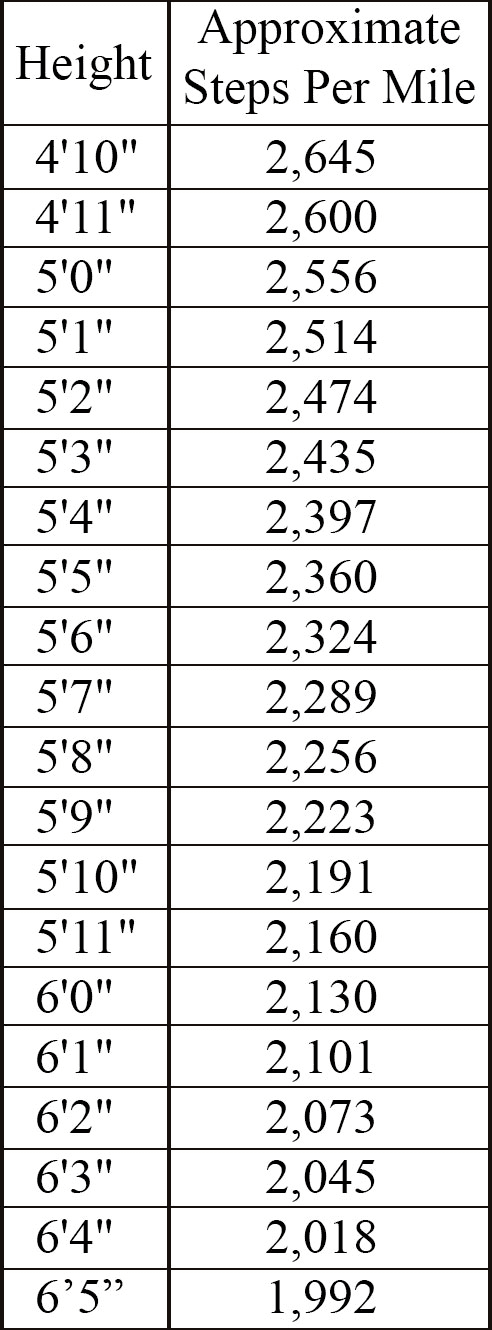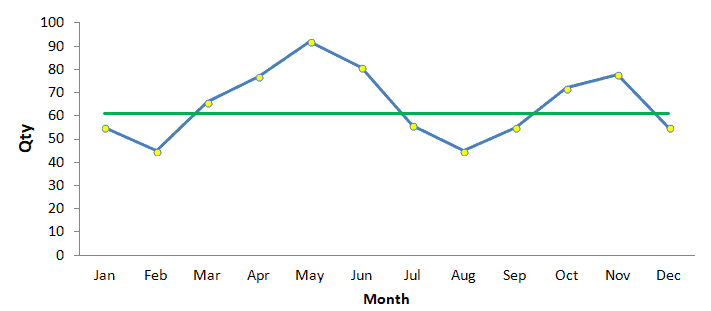How Bad Do You Want It? by Matt Fitzgerald – Book Summary
Introduction
How Bad Do You Want It? Mastering the Psychology of Mind over Muscle by Matt Fitzgerald explores the mental side of endurance sports. With science-backed insights and real athlete stories, Fitzgerald shows how mental strength, not just physical conditioning, defines elite performance. This book offers a powerful perspective for athletes aiming to push past their limits.
Who May Benefit from the Book
- Endurance athletes aiming to boost performance
- Coaches and sports psychologists seeking practical mental training strategies
- Recreational runners or cyclists looking for motivation
- Anyone dealing with mental fatigue or performance plateaus
- Readers interested in sports psychology and peak performance
Top 3 Key Insights
- The brain—not muscles—sets the limits in endurance performance.
- Perception of effort is the main barrier, not pain or fatigue.
- Mental fitness comes from coping with discomfort, not avoiding it.
4 More Lessons and Takeaways
- Expect discomfort to reduce its negative impact. Anticipating pain helps athletes tolerate it better.
- Setting time goals helps guide pacing and effort. Goals transform vague efforts into specific targets.
- Obsession with outcomes blocks performance. Focusing on the process allows flow and better execution.
- Adversity builds resilience. Setbacks force adaptation and often unlock new mental and physical potential.
The Book in 1 Sentence
Mental strength—not physical skill—defines endurance success, and every athlete can train their mind to push harder, longer.
The Book Summary in 1 Minute
Matt Fitzgerald’s How Bad Do You Want It? dives into the psychology behind endurance performance. He reveals that mental limits, not physical ones, often stop athletes. Drawing from research and real athlete case studies, he explains how perception of effort—not fatigue—drives the decision to quit or persist. Through bracing for discomfort, letting go of outcomes, setting time-based goals, and learning from setbacks, athletes can rewire how they experience pain and pressure. The book shows that resilience, flow, and self-trust are skills, not traits—and mastering them helps anyone go further.
The Book Summary in 7 Minutes
Mental endurance often trumps physical preparation. In How Bad Do You Want It?, Fitzgerald uncovers how athletes can train their minds to handle greater discomfort and push beyond perceived limits.
The Brain, Not the Body, Limits Performance
For decades, sports science emphasized physical thresholds—muscle fatigue, oxygen delivery, glycogen depletion. Fitzgerald introduces the Psychobiological Model, shifting the focus to mental decisions based on perceived effort.
The brain acts as a regulator, not allowing us to push beyond what it sees as safe. Even at exhaustion, muscles still retain reserve energy. It’s the brain that tells us to stop, not the body.
Perception of Effort: The True Challenge
Effort feels hard not because of pain, but because of how the brain processes exertion. This perception of effort is the key limiter of performance. Athletes quit when effort feels unbearable, even if their bodies are still capable.
Improving endurance isn’t just about running longer—it’s about changing how we react to that feeling of effort. A better attitude toward discomfort allows us to go further.
Mental Fitness Comes from Coping with Discomfort
Mental fitness means coping well with difficulty. Fitzgerald explains that coping strategies—emotional, cognitive, behavioral—make the difference between quitting and persevering.
Traditional techniques like visualization help. But real coping skills are forged in training and competition. Learning to stay focused, staying calm when tired, or using inspirational thoughts can increase performance even without better fitness.
Elite athletes often face the same pain and doubt. What separates them is how they respond.
Bracing for Pain Helps Manage It
One powerful technique is bracing—expecting pain before it comes. Athletes who expect to suffer perform better when pain arrives.
If the discomfort is worse than expected, panic can set in. But if it feels as expected—or better—athletes remain composed. This mindset reduces emotional resistance, making effort feel more manageable.
For example, Olympic runner Mo Farah entered his first marathon expecting extreme difficulty. That mental preparation helped him finish strong.
Time Goals Guide Effort
Setting time-based goals helps athletes regulate pacing. Rather than guessing, they use goals to manage their effort and avoid burnout before the finish.
Tracking personal bests creates focus and drives improvement. But goals can also trap athletes. If a runner thinks they can’t beat a past time, they might not try hard enough. Athletes break through limits by viewing records as guidelines, not ceilings.
Letting Go of Results Creates Flow
Choking under pressure stems from overthinking outcomes. Athletes become self-conscious, which increases perceived effort and disrupts performance.
Flow, the opposite of choking, happens when athletes are fully present. They forget themselves and focus only on movement. Perceived effort decreases, and performance improves.
To enter flow, athletes must focus on the process, not the result. This mental shift is often what leads to personal breakthroughs.
Setbacks Build Resilience
Failure hurts—but it’s also a teacher. Fitzgerald shows how adversity can boost performance by building resilience.
Repeated failure often drives motivation and creativity. Athletes try new methods, find hidden strengths, and build mental toughness. Setbacks also promote neuroplasticity—the brain’s ability to adapt.
Examples include athletes who lost limbs or overcame major injuries yet found new, better ways to perform.
Even athletes who seem “spoiled” by early success often need to face hardship before they can truly excel.
Trust Your Intuition
Self-trust is a key mental skill. Athletes constantly ask: Should I push or rest? The best guide is often their own body.
Many athletes fall into the “work harder” trap and ignore signs of burnout. Over time, this leads to overtraining and decline.
By learning to listen—truly listen—to their body’s signals, athletes can avoid injury and sustain long-term progress. Intuition, like any skill, improves with practice and experience.
Key Table: Mental Strategies and Their Benefits
| Strategy | Mental Benefit | Performance Effect |
|---|---|---|
| Bracing for Discomfort | Reduces panic and mental resistance | Increases pain tolerance and pacing |
| Setting Time Goals | Focuses effort and measures improvement | Enhances motivation and consistency |
| Letting Go of Outcomes | Promotes flow and reduces anxiety | Improves execution in high-stakes moments |
| Learning from Failure | Builds resilience and adaptability | Sustains long-term improvement |
| Trusting Intuition | Prevents burnout and overtraining | Boosts performance with less fatigue |
About the Author
Matt Fitzgerald is a renowned endurance sports writer, coach, and nutritionist. With over 30 books on fitness and mental performance, he has helped thousands of athletes understand the mental game of sport. His work blends science, storytelling, and practical insights. Fitzgerald is also a lifelong endurance athlete, bringing real-world experience to his writing.
How to Get the Best of the Book
Read it slowly, focusing on one chapter at a time. Reflect on the athlete stories. Practice applying one mental skill in your own training before moving on.
Conclusion
How Bad Do You Want It? delivers a clear message—your mind is your most powerful muscle. The right mindset, expectations, and coping strategies can take your performance to new heights. It’s not just about training harder; it’s about thinking smarter.






